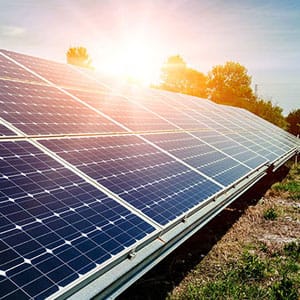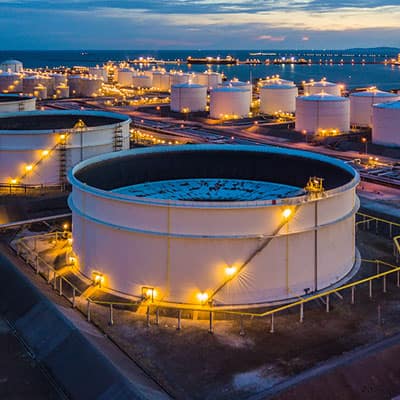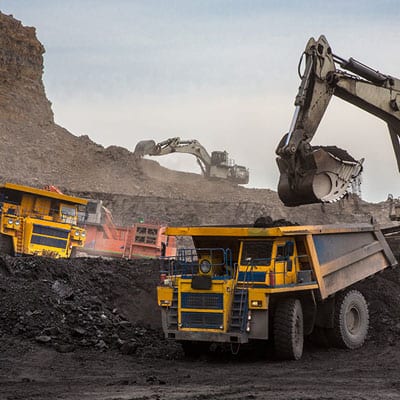What is the energy sector outlook for the energy? Gain energy industry insights, get the latest renewable energy trends, and stay connected with the broader conversation on energy technologies.
How are the renewable energy trends of today shaping the long-term energy market outlook and its 5-year, 10-year, 20-year forecasts? Renewable energy is gaining momentum with rising global movements and development of new sustainable energy technologies. How are different markets planning for an energy transition? Learn more from the energy market analysis, upcoming innovations for renewables, energy transition and what it means for the future of energy with our collection of insights from our panel of energy experts.
Key energy highlights
• Energy transition is in full swing; but as COP26 has shown, the pace of change and the willingness of stakeholders to act towards decarbonization vary widely around the world. Turbulence will continue into 2022, creating challenges for E&P companies and governments. It creates a challenging investment environment for upstream due to changing government regulations, increasingly divergent long-term demand narratives and non-standardized ESG criteria. Financing opportunities will shrink further, which could lead to a lack of investment in oil and gas exploration and production.
• Major consuming countries are aiming to significantly reduce oil use, which will reduce the main sources of income for many oil exporting countries. In contrast, oil producers want to maintain the central role of oil in the world's energy supply. Oil is a risky investment, as major consumers have policies aimed at reducing their oil needs over the last decade. This raises the risk that today's new oil investments may face unattractive markets in the coming years.
• China's oil demand has fallen more rapidly in March 2022 than supply from Russia. In our view, Russia's crude oil and commodity export load in March 2022 has fallen by about 1 MMb / d from pre-invasion levels in January 2022 and February 2022.
• After decommissioning, solar and wind installed capacity totaled 8.2 TW, representing for 95% of worldwide installed capacity. Non-hydro renewables will account for 95% of new power generation and 50% of total energy generation worldwide by 2050, but there are still large regional differences. Coal generation is in net decline everywhere except India.
• Digitization drives decarbonization. However, the focus appears to be shifting, with more emphasis on decarbonizing industry through energy and operational efficiency, methane detection, better connectivity to expanding energy value chains and other means. There’s potential to reduce operating greenhouse gas emissions by 10%–30% while also lowering industrial costs.







